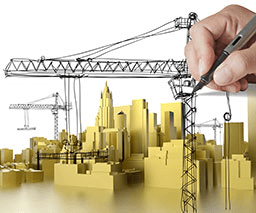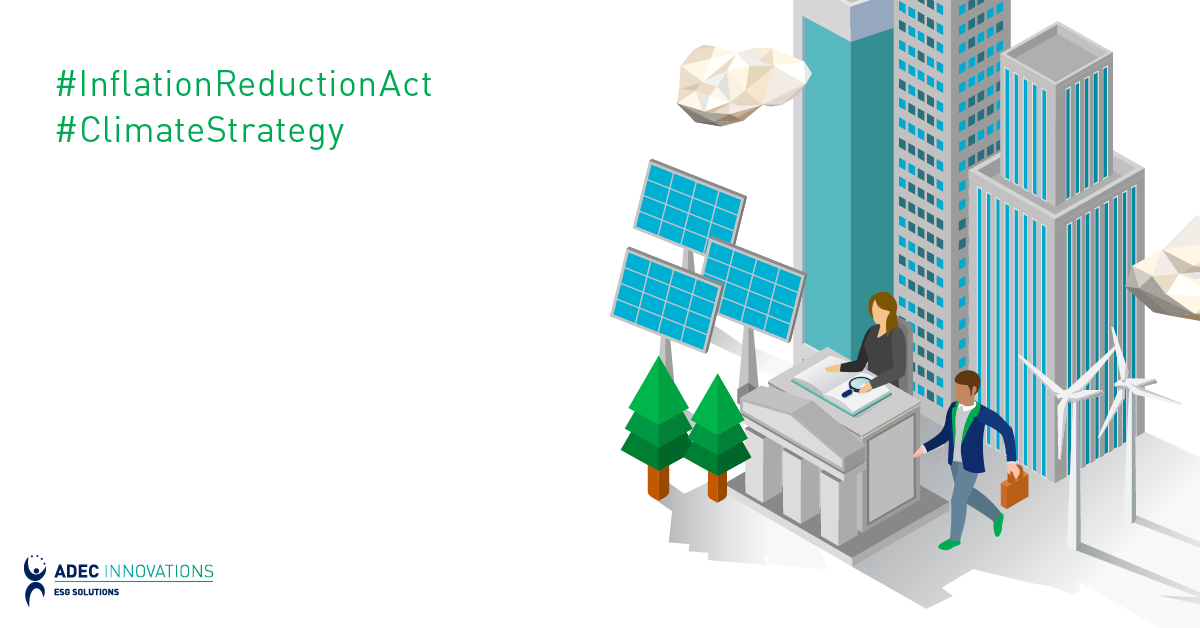We need to address the challenges of carbon reduction in the energy use of buildings in our metropolis. Owners need to recognize that in addition to being GREEN their buildings should also be Intelligent (Smart, High Performance, Net Zero, Living Future). The Continental Automated Buildings Association (CABA), a non-profit industry association dedicated to the advancement of intelligent homes and intelligent buildings technologies, recently released their Frost & Sullivan research study titled “Intelligent Buildings and the Bid-Specification Process” which I will summarize into two parts: this blog will discuss the problem, and the second will include suggested solutions. (Visit www.caba.org for more information on this study and our association.)
The goal of the research study was to identify and understand the market imperfections and inconsistencies that exist in designing and implementing intelligent building projects, as well as making investment decisions on intelligent technologies. The heterogeneous and fragmented nature of the building technology industry and its associated service segments, warrants that various stakeholders be involved in any given project delivery process and influence the ultimate decision on technology adoption. Differences in the operational methods of these partners leads to delay in their implementation and often results in the selection of low-cost options that do not offer long-term benefits to the building owner. Stringent budgets and quicker payback frequently become the sole criteria for selecting a particular set of technology solutions. Typically, incorporation of building intelligence technology is either postponed indefinitely or not considered at all. Contractors, system integrators, and consulting spec engineers exert varying degrees of influence on the end-user’s decision making process.
The definition of an “intelligent building” (coined through consensus-based deliberations as part of previous projects undertaken by CABA and Frost & Sullivan) is a building that uses both technology and process to create an environment that is safe, healthy, and comfortable, and enables productivity and well-being for its occupants. An intelligent building provides timely, integrated system information for its owners so that they may make intelligent decisions regarding its operation and maintenance. An intelligent building has an implicit logic that effectively evolves with changing user requirements and technology, ensuring continued and improved intelligent operation, maintenance, and optimization. It exhibits key attributes of environmental sustainability to benefit present and future generations.
What can we expect of such a building?
- Improved interdependency between building systems and building users
- A building that can detect the state it is in and make adjustments to itself
- Provides a healthier and more comfortable environment
- Improves long-term economic performance
- Reduces energy and resource usage
- Leverages renewable energy technologies
- Improves indoor air quality and occupant satisfaction
- Allows for easier maintenance and longer lifespan
- Advanced/enhanced capabilities to deal with “churn” (occupant turnover/evolving mission)
 Intelligent buildings transcend integration to achieve interaction in which the previously independent systems work collectively to optimize overall performance and constantly create an environment that is most conducive to the occupants’ needs and goals. Additionally, fully interoperable systems in intelligent buildings tend to perform better, cost less to maintain, and leave a smaller environmental imprint than individual utilities and communication systems. Each building is unique in its mission and operational objectives and, therefore, must balance short- and long-term needs accordingly. Intelligent buildings serve as a dynamic environment that responds to its occupants’ changing needs and lifestyles. As technology advances, and as information and communication expectations become more sophisticated, networking solutions both converge and automate these technologies to improve responsiveness, efficiency, and performance. To achieve this, an intelligent building combines data, voice, and video with security, heating, ventilation and air conditioning (HVAC), lighting, building controls, and other similar electronic controls on a single IP network platform that facilitates user management, space utilization, energy conservation, comfort, and systems improvement.
Intelligent buildings transcend integration to achieve interaction in which the previously independent systems work collectively to optimize overall performance and constantly create an environment that is most conducive to the occupants’ needs and goals. Additionally, fully interoperable systems in intelligent buildings tend to perform better, cost less to maintain, and leave a smaller environmental imprint than individual utilities and communication systems. Each building is unique in its mission and operational objectives and, therefore, must balance short- and long-term needs accordingly. Intelligent buildings serve as a dynamic environment that responds to its occupants’ changing needs and lifestyles. As technology advances, and as information and communication expectations become more sophisticated, networking solutions both converge and automate these technologies to improve responsiveness, efficiency, and performance. To achieve this, an intelligent building combines data, voice, and video with security, heating, ventilation and air conditioning (HVAC), lighting, building controls, and other similar electronic controls on a single IP network platform that facilitates user management, space utilization, energy conservation, comfort, and systems improvement.
The CABA research shows that the challenges of getting intelligent buildings are similar to those of our pursuit for sustainability, life cycle costing and assessments and carbon reductions. CABA also partially funded the development of the Building Intelligence Quotient 1.0, an affordable and easy to use online Intelligent Building ranking tool. Readers can register for a FREE demo at http://www.building-iq.com
At FirstCarbon Solutions we have the energy management and building automation experts that can help building owners address these challenges and provide you with the capabilities to make your buildings more intelligent and ready to interoperate with the Smart Grid. Click below to request a free consultation on improving your building intelligence and sustainability.






